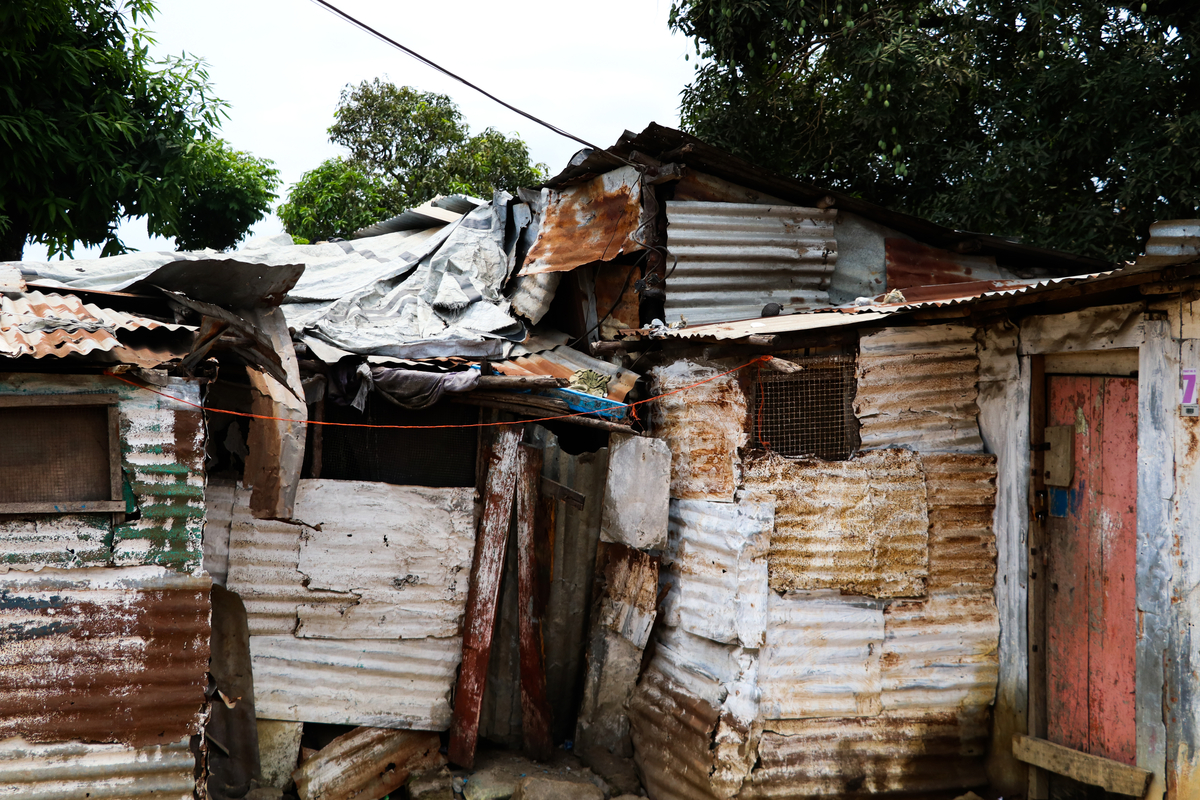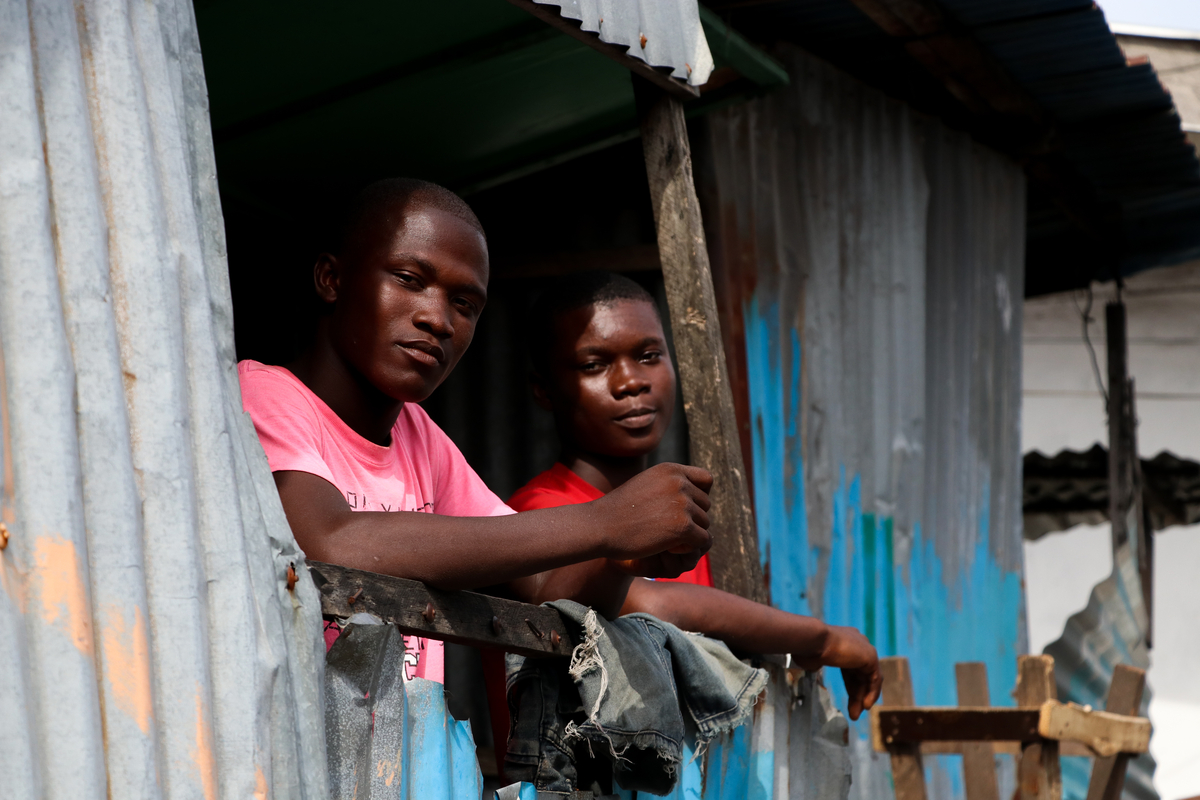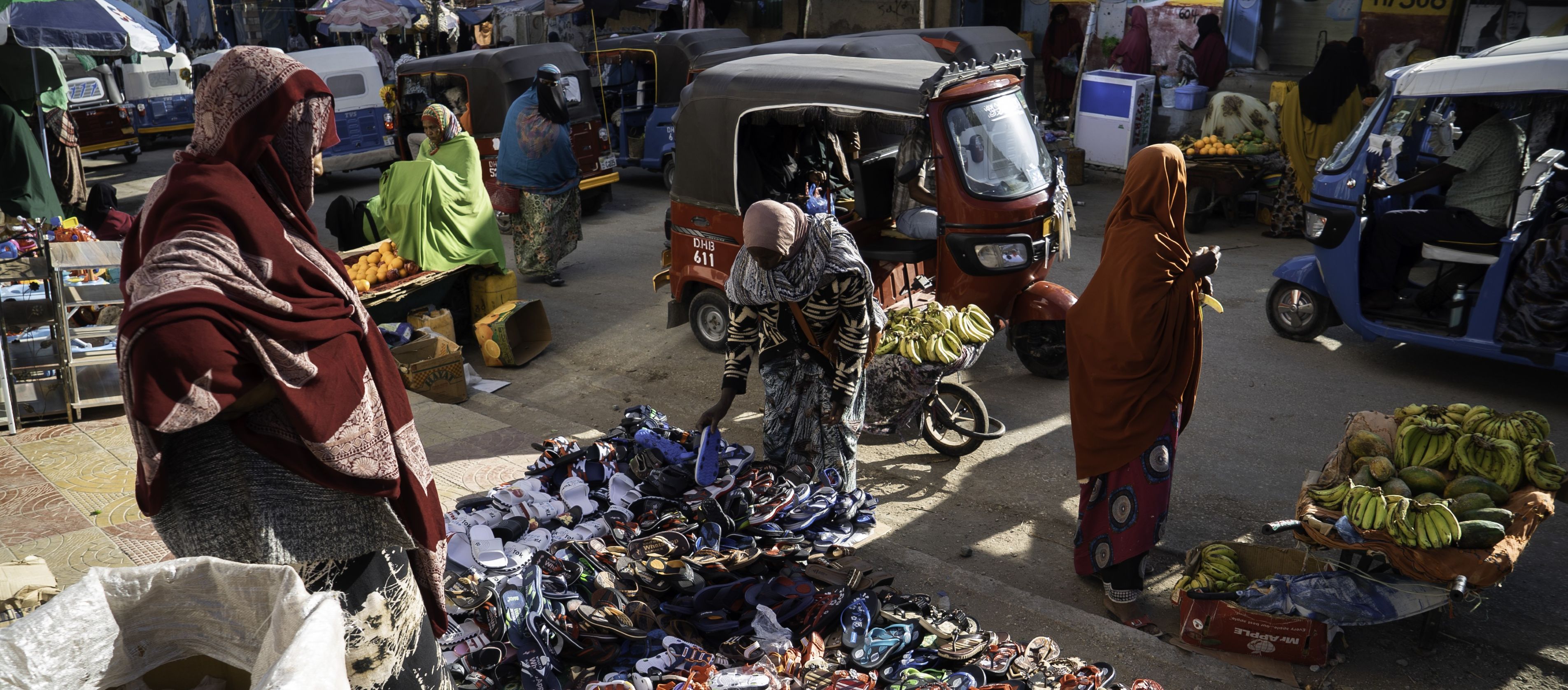Slum Upgrading in Times of Crisis: A City-Wide Approach
By Julian Baskin, Principal Advisor at Cities Alliance.
The world is experiencing a storm of simultaneous crises. What was a narrowly defined climate crisis around which the world mobilized has now exploded to include health, economic, governance, and structural inequality. It was not long ago that developing countries were experiencing sustained rapid economic growth with plans for transformative massive infrastructure investments. If during the relatively good years, the developing world made little progress with regards to managing urban growth and enabling healthy and decent living environments the question needs to be asked as to how we respond in this new context.
Historically the word slum was used to describe a neighbourhood that had declined as residents moved out to the suburbs and poorer residents moved in with less means to maintain the buildings and infrastructure. In more recent years the definition of slums has broadened to include the fast-growing informal settlements that characterize urban growth in the developing world. It is worth asking at this point if slums really are the result of the confluence of dysfunctional land and labour markets? If so, why after decades of programming has this dysfunction not been fixed resulting in ever-growing slums globally? Is it possible that something far deeper is at play than simply the failure of the market: a structural social exclusion. This means a conceptualization of the city-backed by planning systems and institutions that have no space for the poor.

Defining Slums:
The United Nations defines slums as having 5 characteristics. These are;
- Inadequate access to safe water
- Inadequate access to sanitation and infrastructure
- The poor structural quality of housing
- Overcrowding
- Insecure residential status
At face value, this is a solid and useful definition and is indeed used by the Cities Alliance. The challenge however is that for many cities this defines the condition of a vast majority of the city and not simply a deprived area. The key learning is that while all slums fit the stated definition, the lived experiences are not all the same. Some are on a downward trajectory whilst others constantly improve. In this respect, slums are less defined by the physical conditions and more on the trajectory of change. The objective of the City-Wide slum upgrading approach is to reverse the downward spiral and to place settlements on an upward trajectory.
The Cities Alliance City-Wide Slum Upgrading Approach:
The “City-wide” slum upgrading approach emerged from the failed strategies of the past that were based on a negative perception of the urban poor as being part of the overall city problem. Instead of being a solution these strategies destroyed livelihoods, embittered residents, and simply displaced the problem. In addition, the lack of recognition of the rights of the urban poor has led over time to the systematic under-investment in urban services and the downward slide in the environmental health and quality of life of urban poor residents.

Ingredients for successful slum upgrading, the city-wide slum-upgrading approach:
- Partnerships: The key mechanism of engagement is through a partnership based on mobilizing the relative strengths and resources of both organized poor communities and committed national and local governments.
- Strategic Planning: A city-wide slum upgrading approach builds on a strong analytical understanding of urbanization trends and proactively plans for future settlement. Importantly the city-wide approach signals a shift away from the ad-hoc, under-resourced, and isolated projects that have characterized slum upgrading in many cities. Instead, the approach is based on an understanding of the importance of slums as an integral part of the social and economic fabric of the city.
- Incremental Implementation: The key question is whether a settlement is on a downward or upward trajectory. Arguably the most profound impact on slums can be achieved not through physical infrastructure investment, but through policies that promote the legalization or regularization of properties thus enabling secure land tenure. People who feel safe from eviction and who have long-term stability, can through incremental improvements upgrade an entire community.

Settlements of Hope:
Even though the world is urbanising and city growth is inevitable, the emergence of slums is still blamed on poor people who migrate to the city. The city-wide approach recognizes that urbanization is a natural human process that if managed properly can be the development driver to both economic growth and improved access to social services. The power of the city-wide slum upgrading approach is that it places the urban poor as part of the solution. Given the new far more complex global realities we need to step back from the idea that slum upgrading requires large investments and focus on what transforms them into settlements of hope. At core, it’s about political will and a focus on secure land tenure, community leadership, and incremental housing and upgrading.
The Cities Alliance partnership that incorporates national governments, local governments, and civil society provides a strong platform to build a real coalition for such change.





